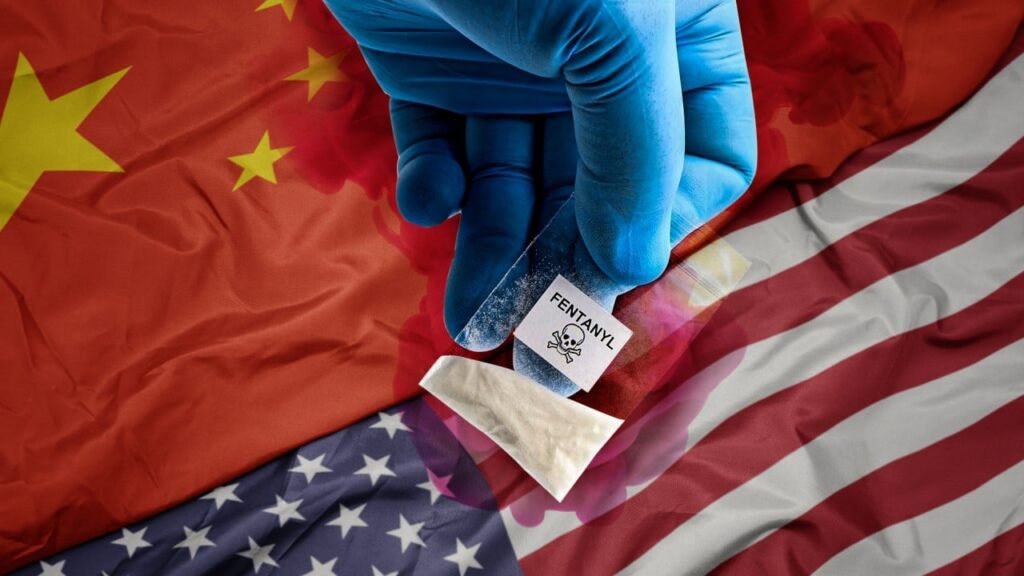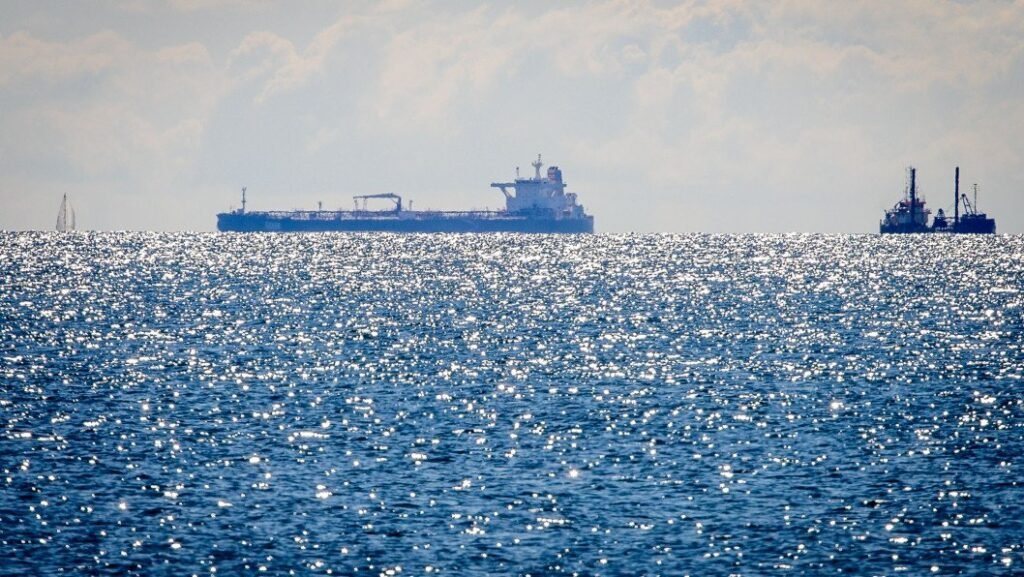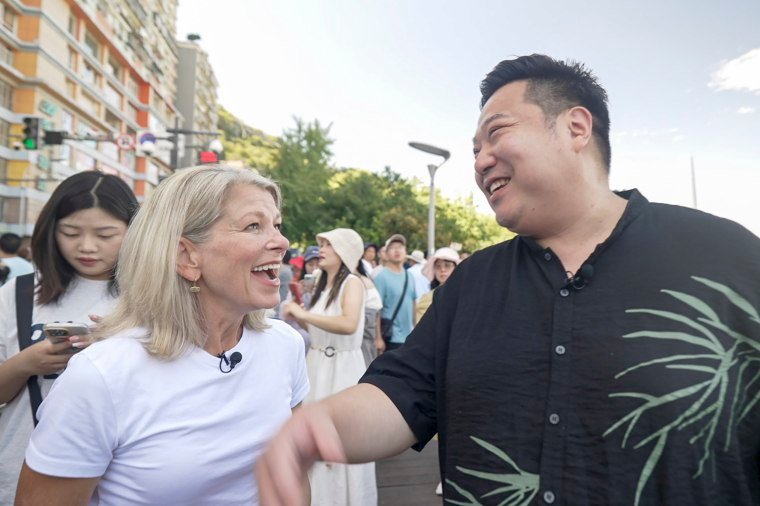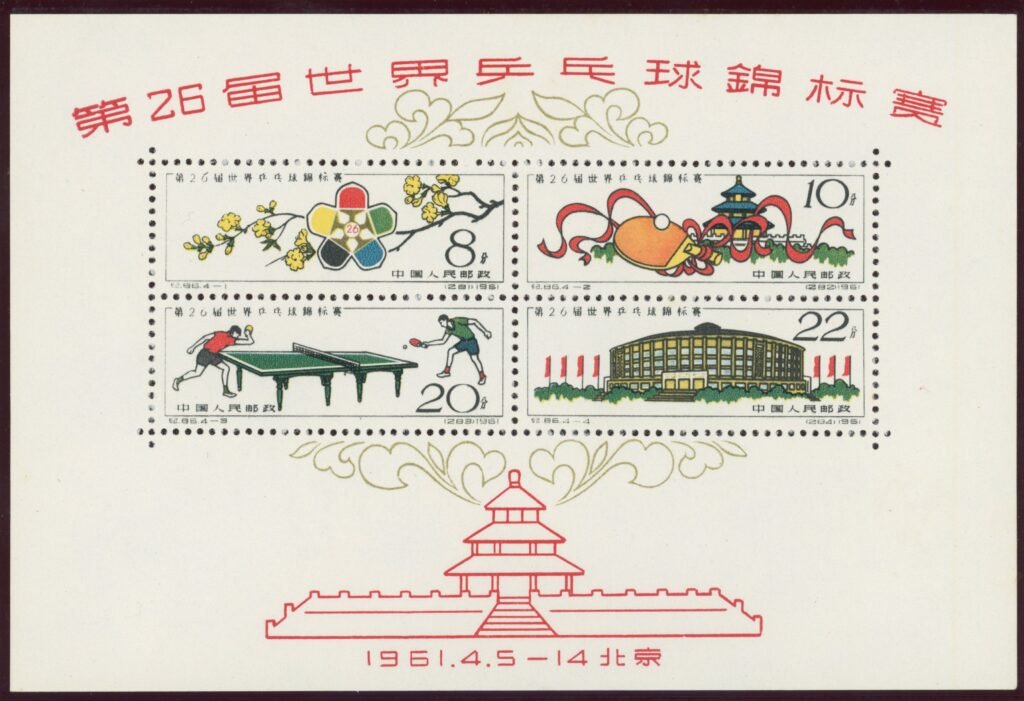Russia is rushing to import gasoline from China and other Asian countries to cover severe shortages at home, following a wave of Ukrainian drone strikes that crippled some of its largest oil refineries, Russian media Kommersant reported on October 1.
Moscow is preparing a package of measures that would allow duty-free imports of gasoline from China, South Korea, and Singapore through select checkpoints in the Russian Far East.
To make the scheme viable, the government will also subsidize importers by covering the difference between higher global prices and Russia’s lower domestic fuel rates.
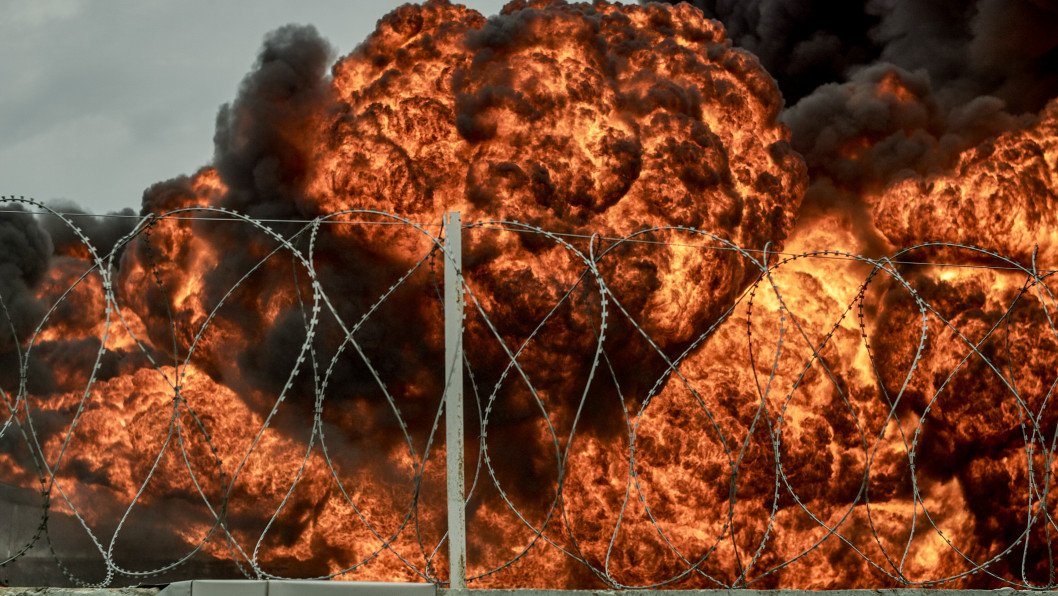
Three companies—state-controlled Rosneft, Independent Oil and Gas Company (NNK), and state-owned Promsyreimport—will be permitted to bring in Asian fuel supplies.
Officials believe the plan could free up Siberian refinery output for Russia’s central regions, adding about 150,000 tons of gasoline per month.
The government also plans to boost imports from Belarus and, in a controversial move, lift a ban on the use of monomethylaniline (MMA), a toxic octane-boosting additive linked to cancer and outlawed in most countries. Russia had used MMA until 2016 but is now considering reintroducing it to expand production capacity.
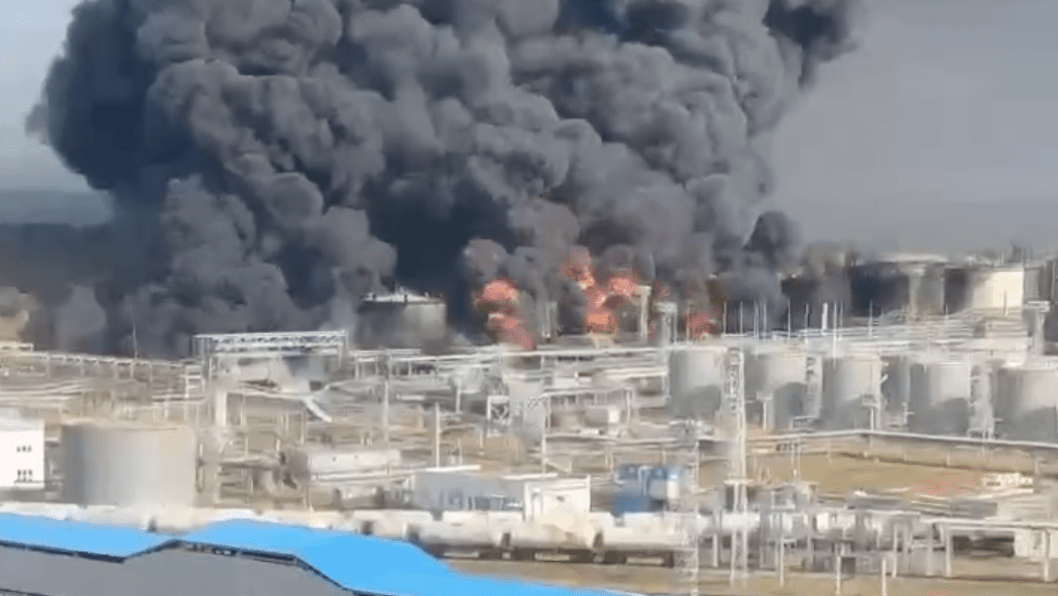
Despite these steps, officials admit the situation remains precarious. “There are risks of further deterioration in fuel supplies to the domestic market, despite the measures taken to protect energy facilities,” Russian Deputy Prime Minister Alexander Novak wrote in a memo to Prime Minister Mikhail Mishustin, according to Kommersant.
By late September, a record 38% of Russia’s refining capacity was offline—equal to 338,000 tons per day. Around 70% of the shutdowns were caused by drone strikes, which have disabled more than 20 major refineries since early August.
The shutdowns include some of Russia’s most powerful plants: the Kirishi refinery near St. Petersburg, the country’s second-largest, halted operations on September 14, while Rosneft’s Ryazan refinery, among the top five nationwide, went offline on September 5. The Novokuibyshevsk refinery stopped on September 20, followed by Gazprom’s Astrakhan plant two days later.
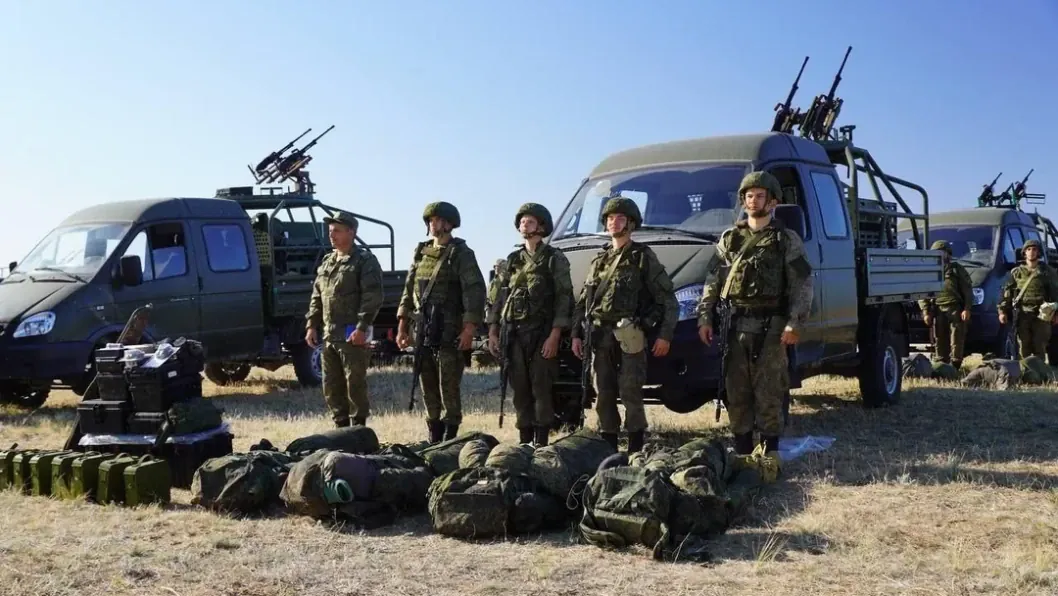
The cascading outages have triggered fuel shortages from Sakhalin and the Kuril Islands to Nizhny Novgorod and Crimea, where authorities this week capped sales at no more than 30 liters per customer.
If imports from Asia and Belarus go ahead, and if regulators ease environmental restrictions on gasoline composition, the Kremlin expects to add 350,000 tons of gasoline and 100,000 tons of diesel to the domestic market each month, Kommersant said. Proposals include allowing gasoline blends with up to 10% ethanol and raising the legal threshold for aromatic hydrocarbons to 42%.
Earlier, reports emerged that Ukrainian drones struck at the heart of Russia’s energy sector, knocking nearly 40% of its oil refining capacity offline and forcing Moscow to confront its worst fuel crisis in decades.
-f223fd1ef983f71b86a8d8f52216a8b2.jpg)
Every day we fight Russian disinformation and bring reports directly from the frontlines. Your help makes us stronger.

